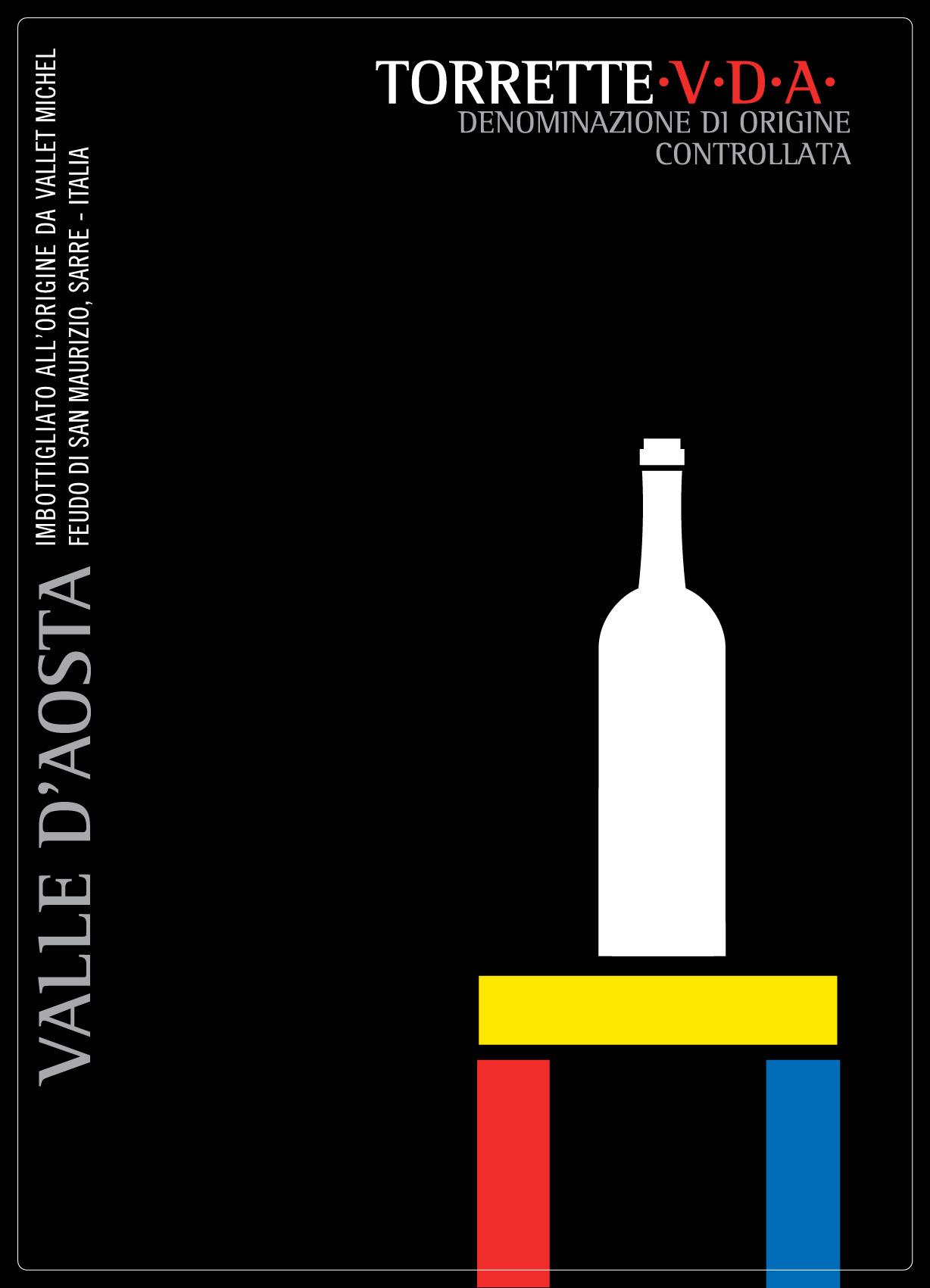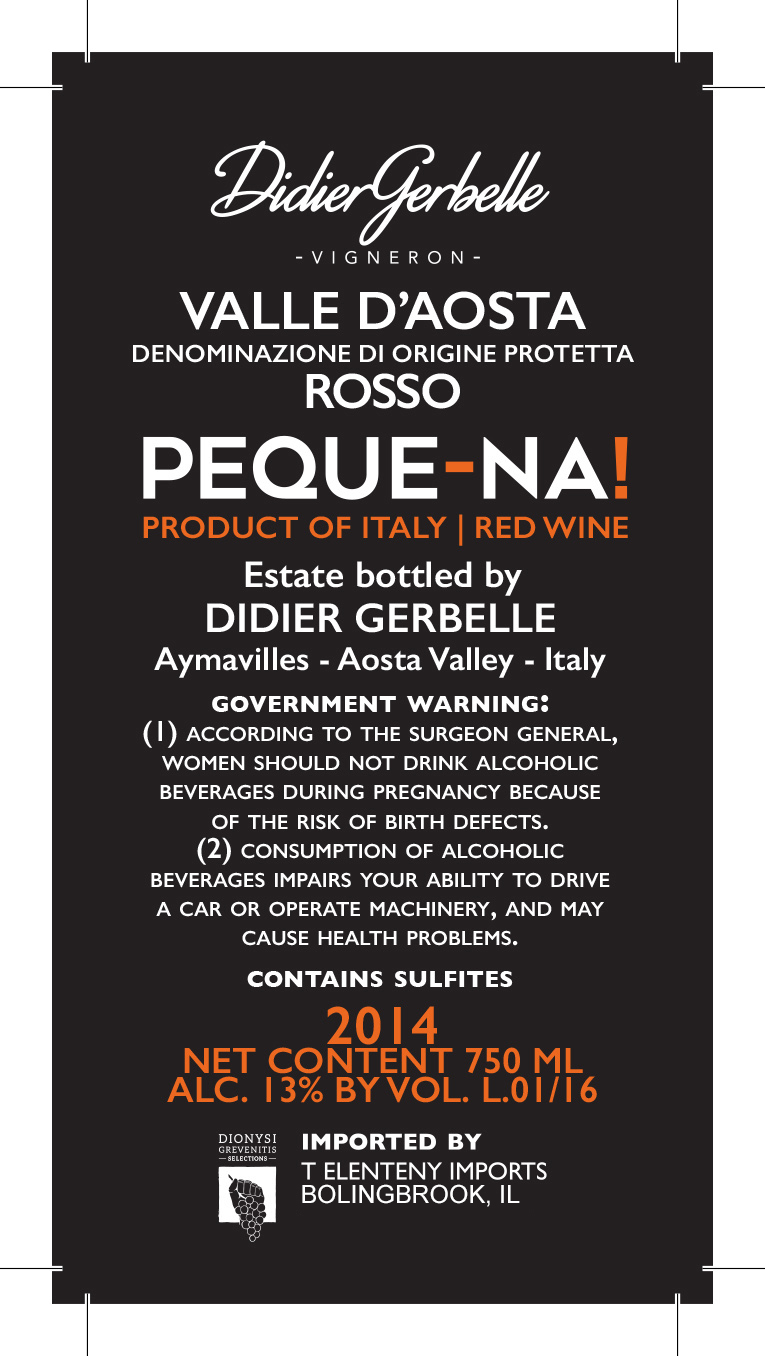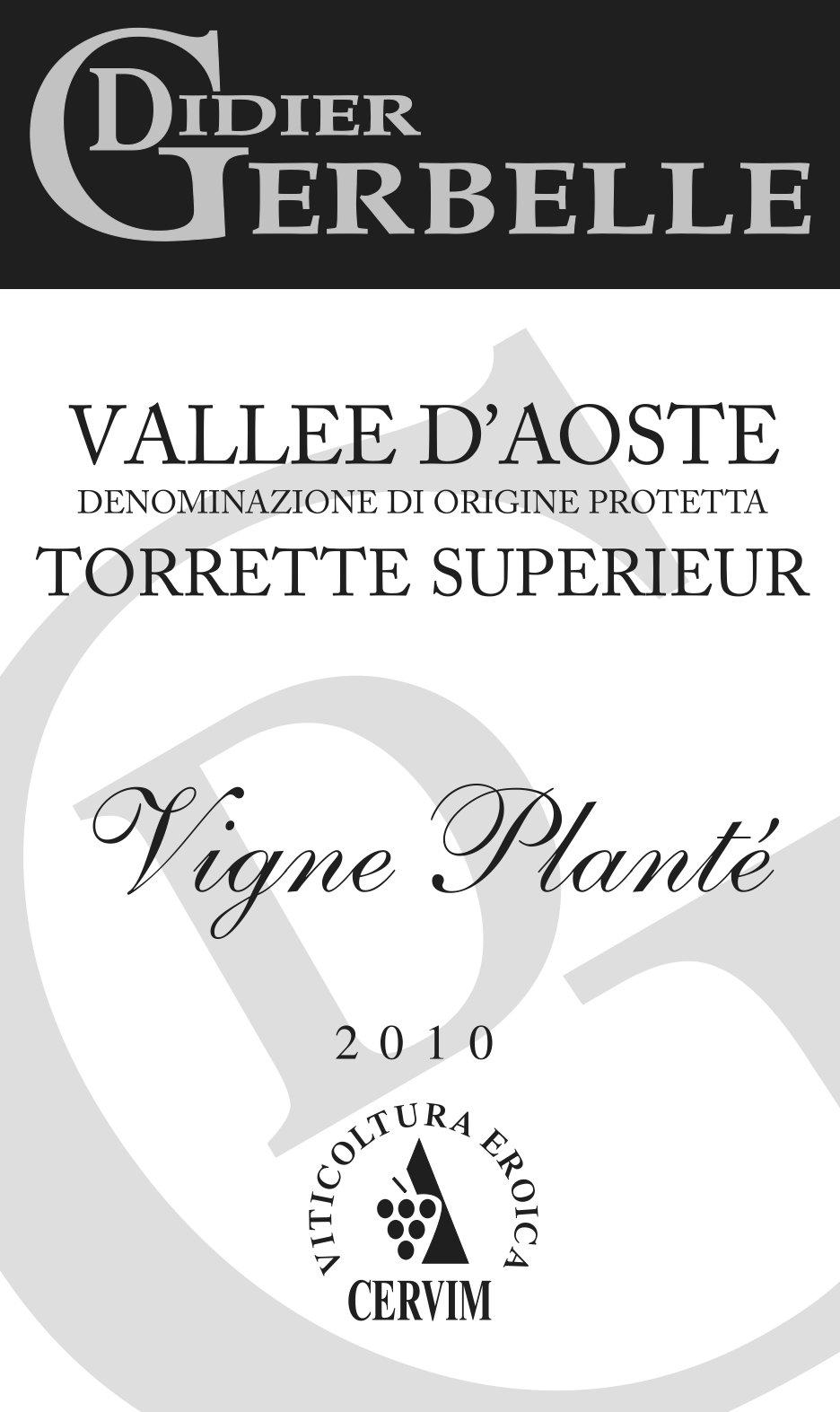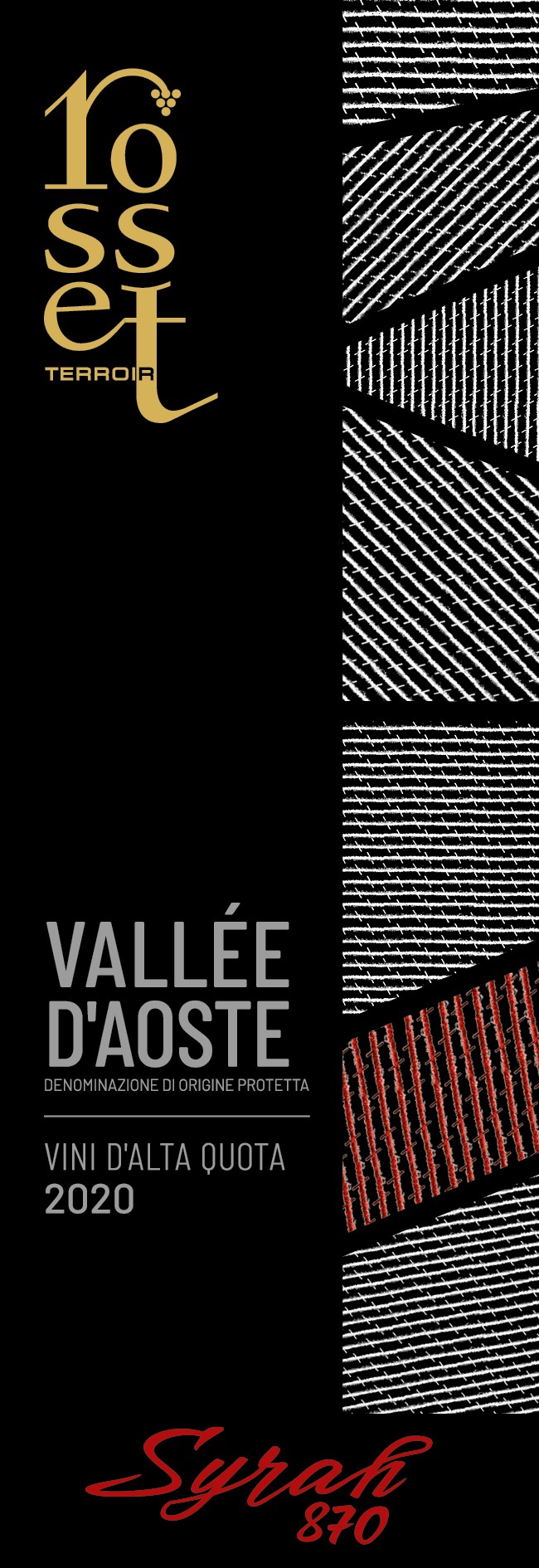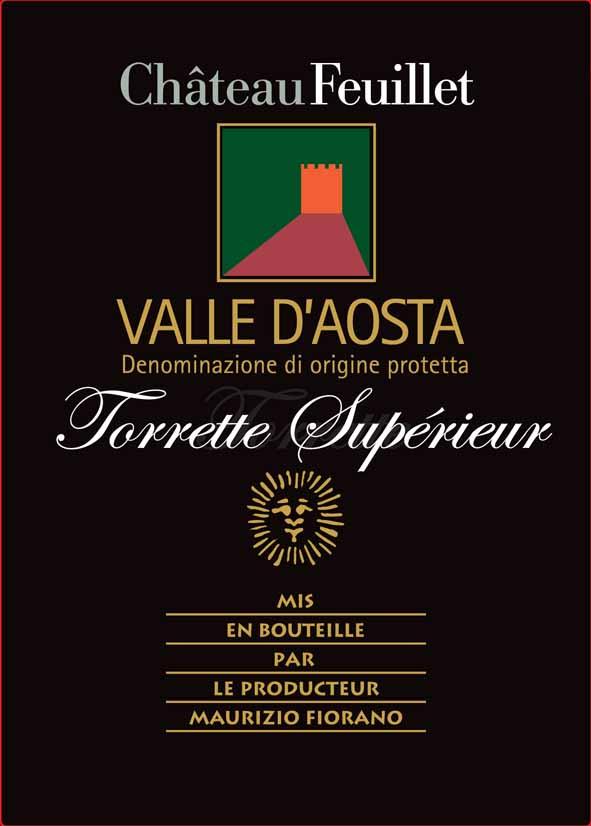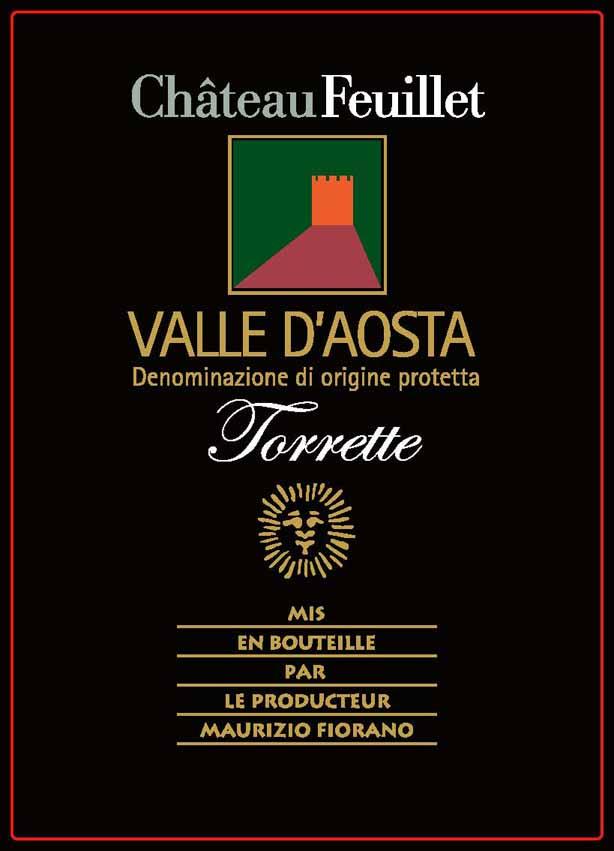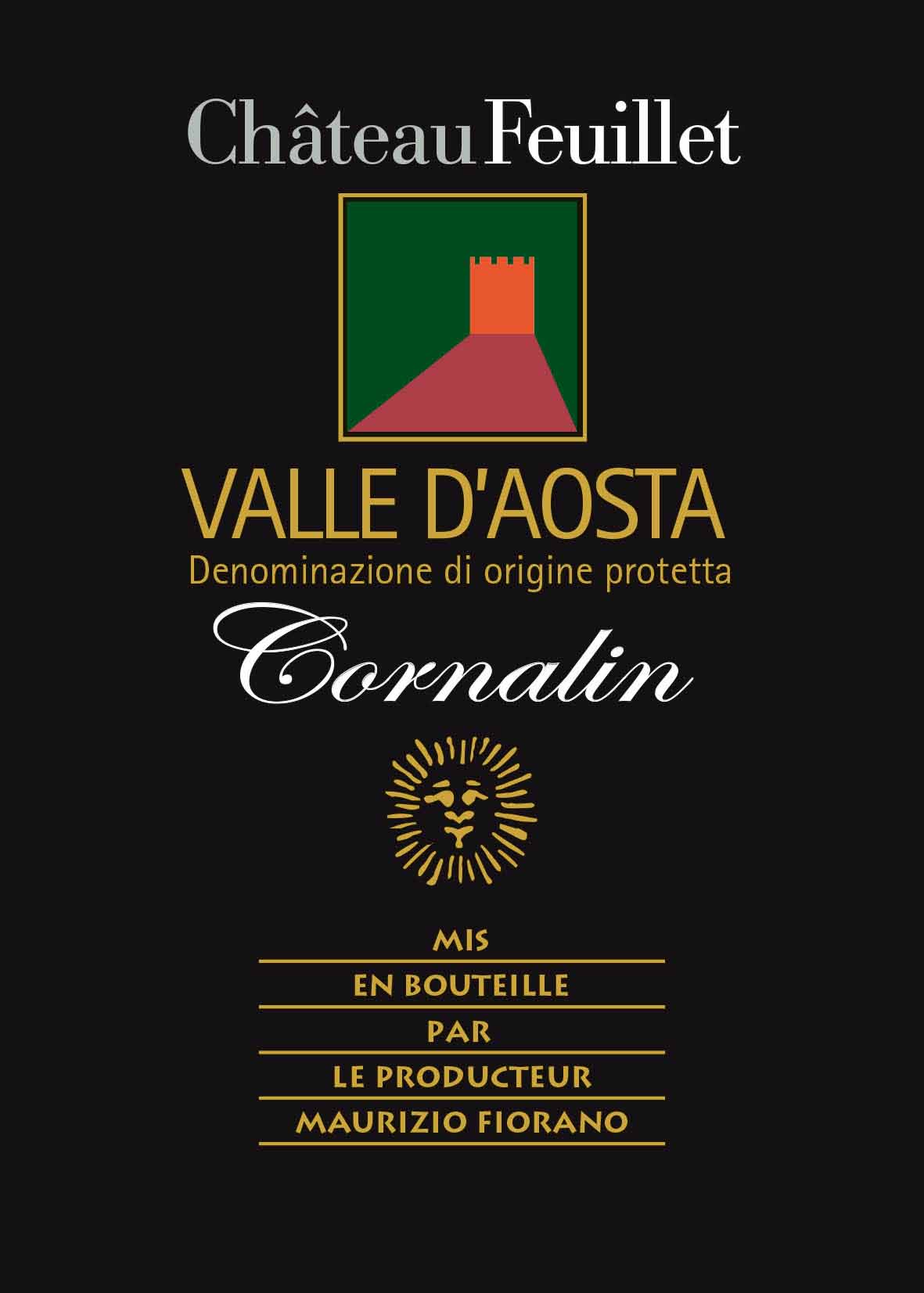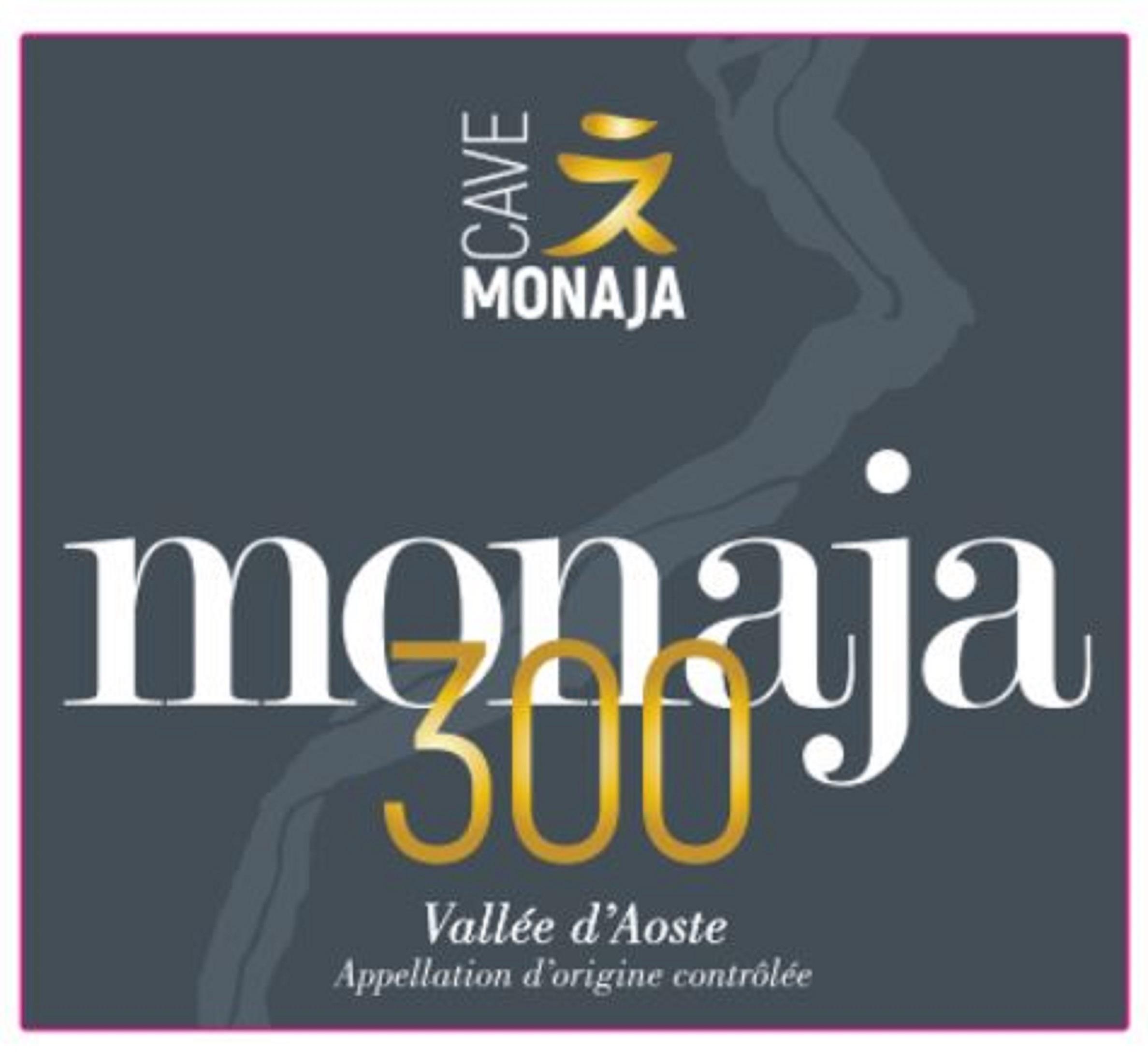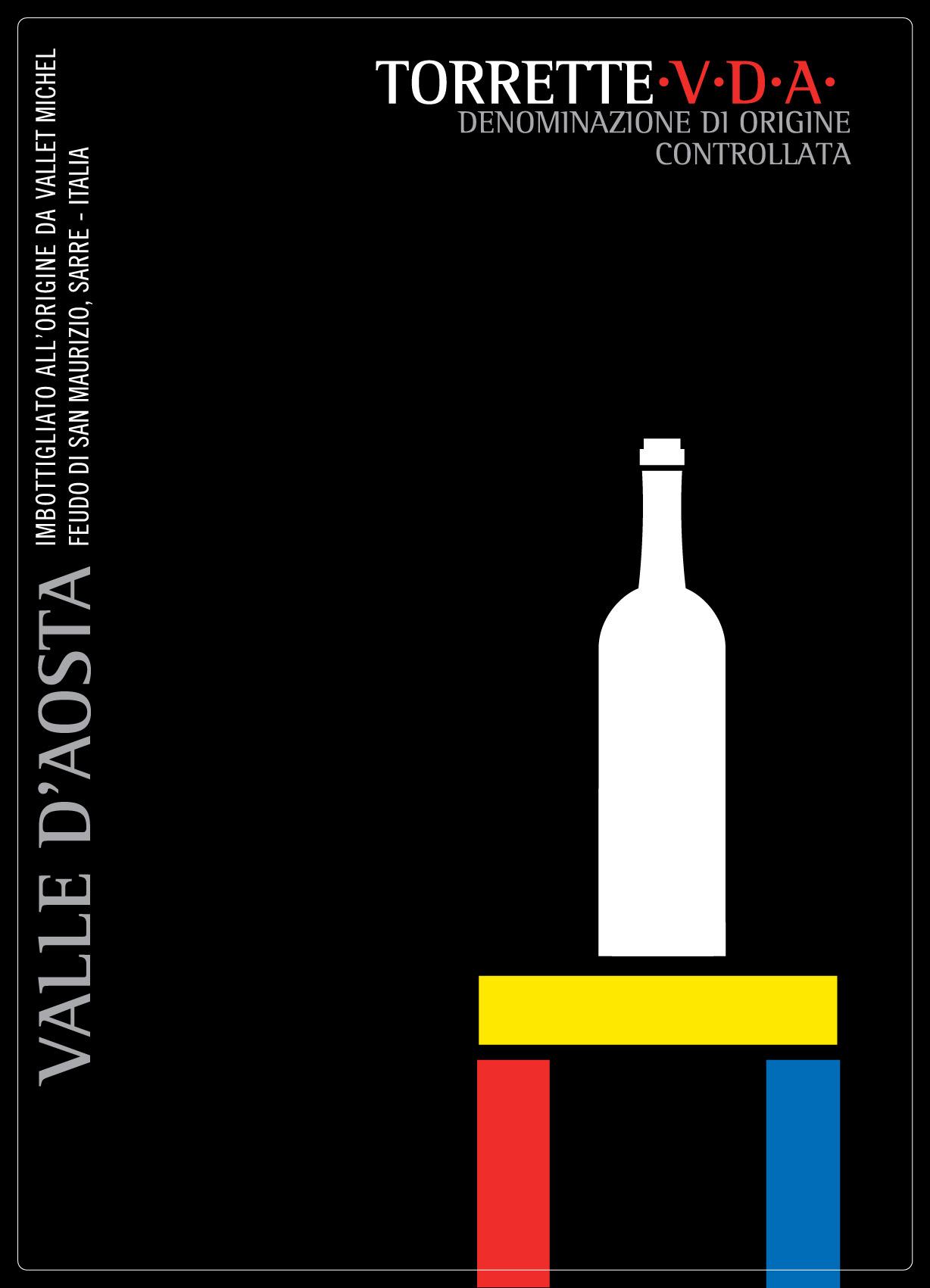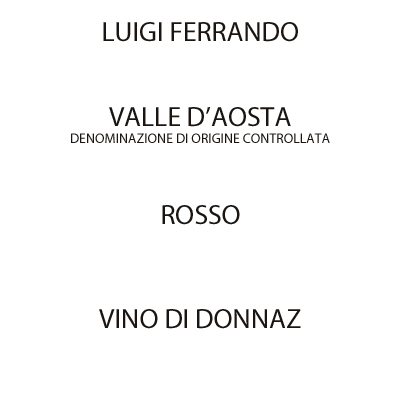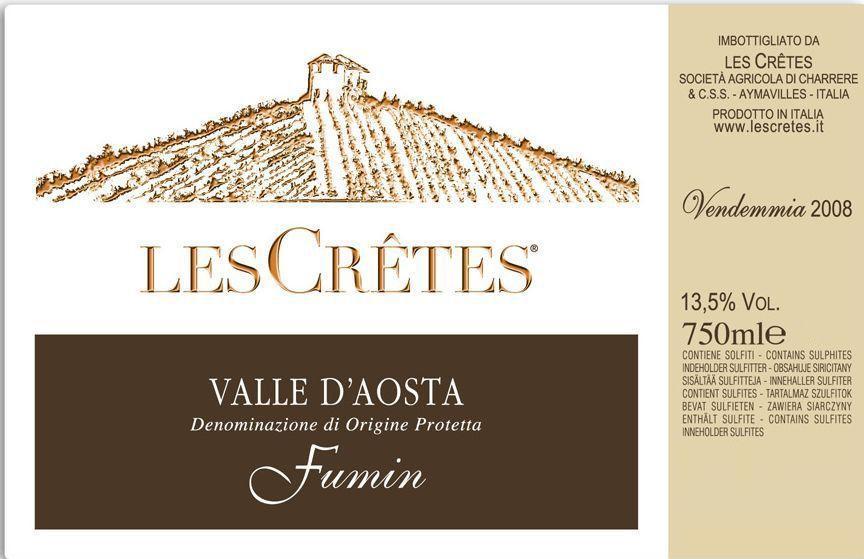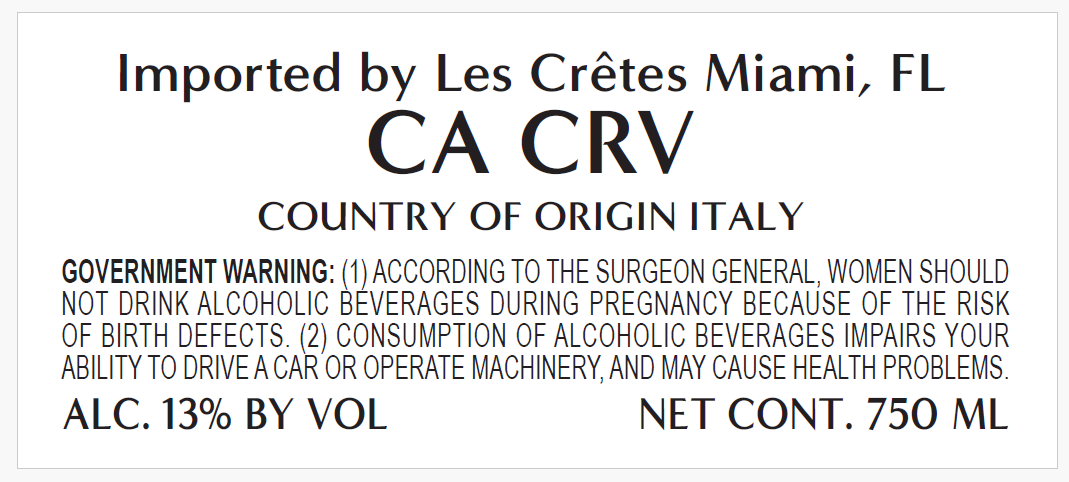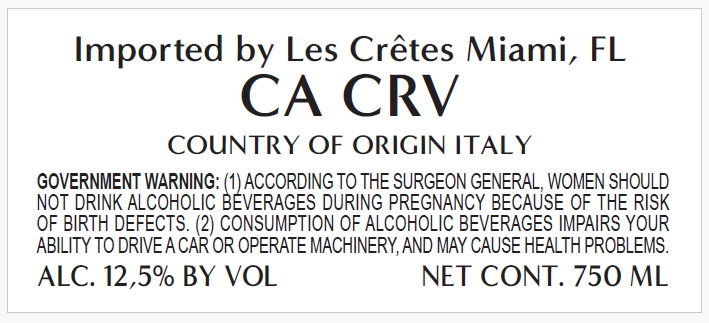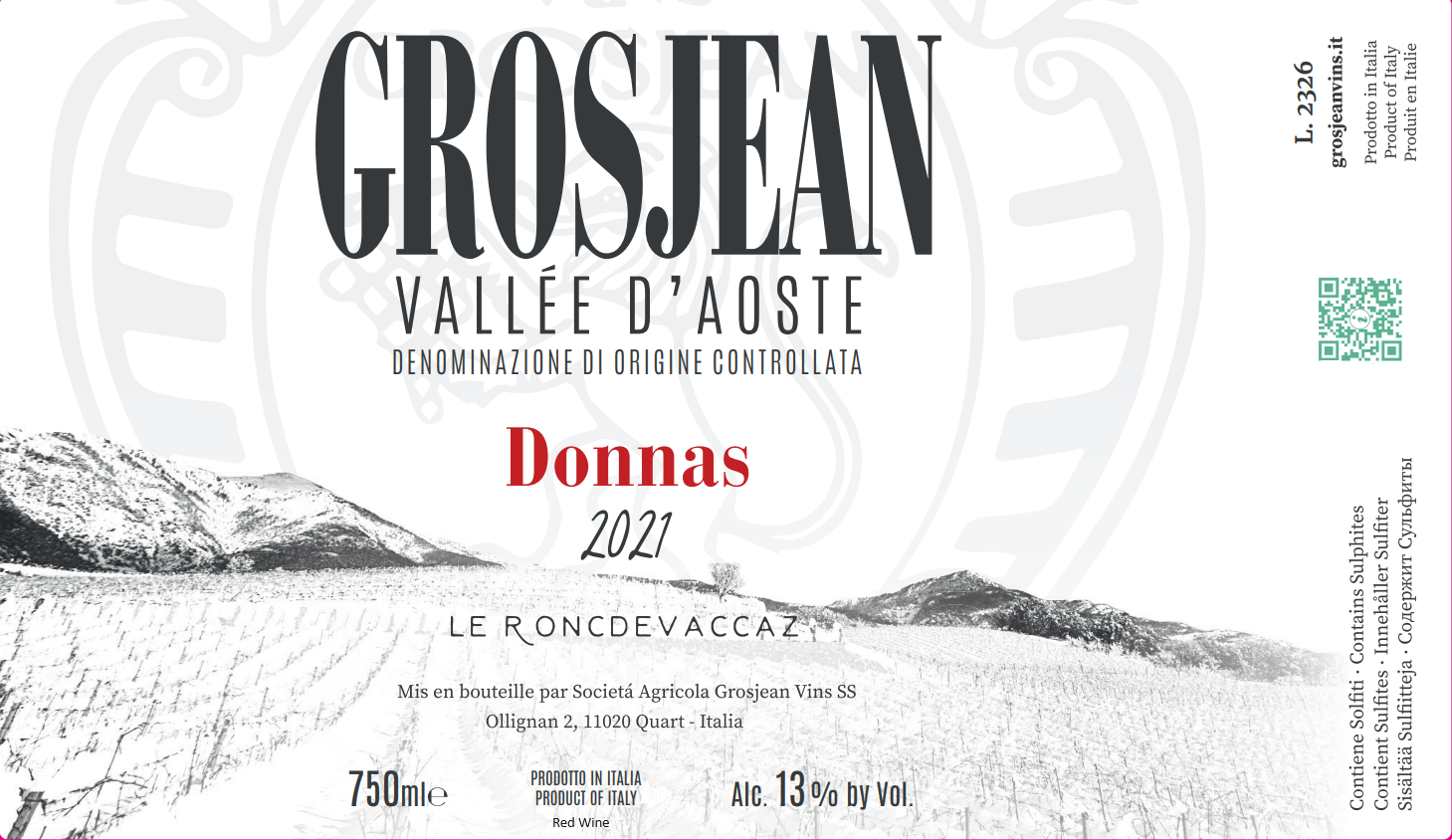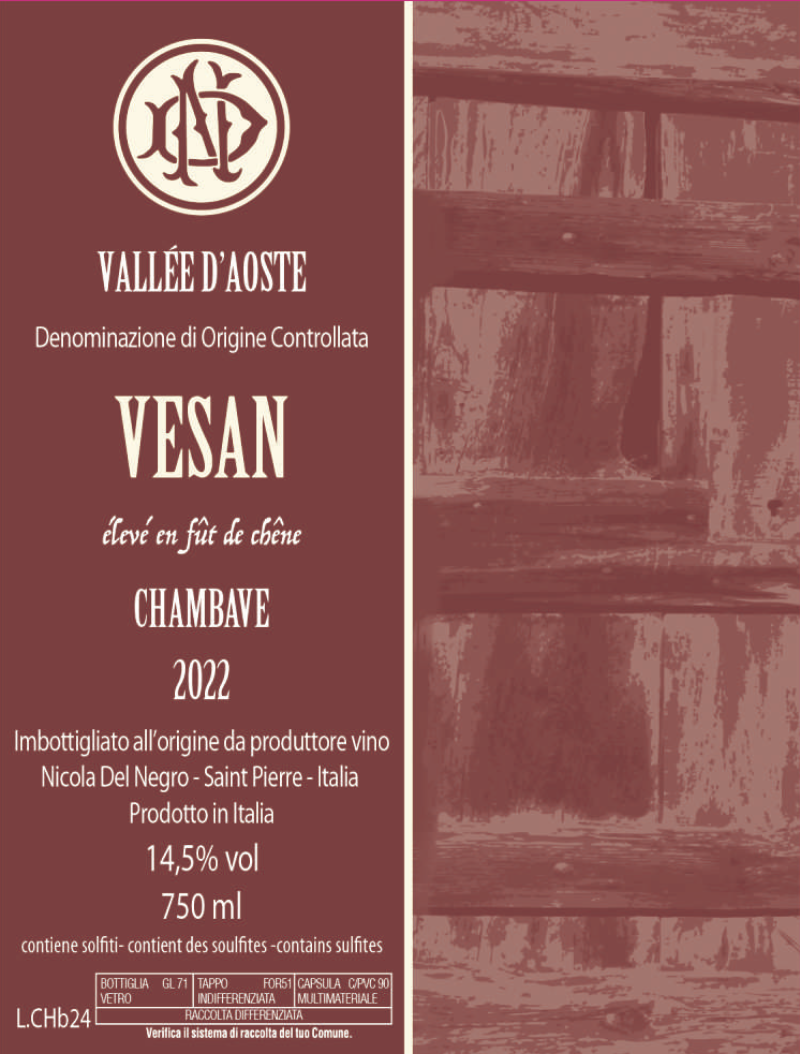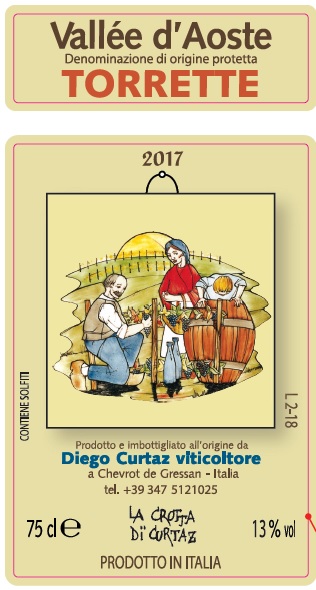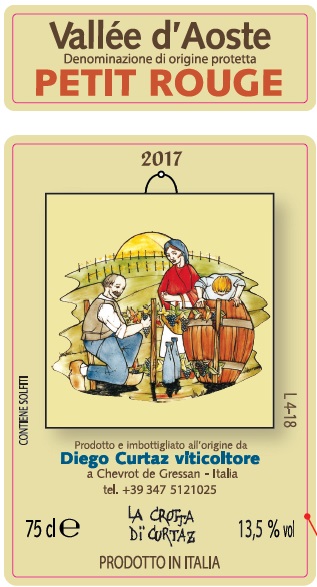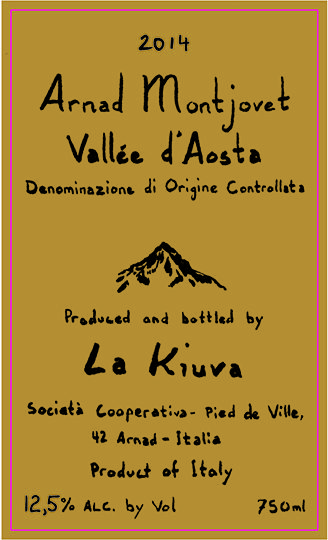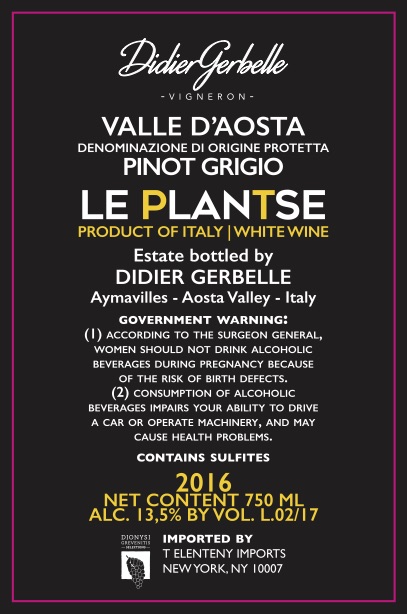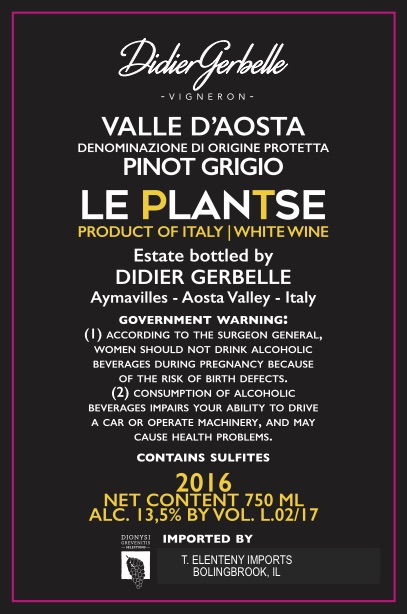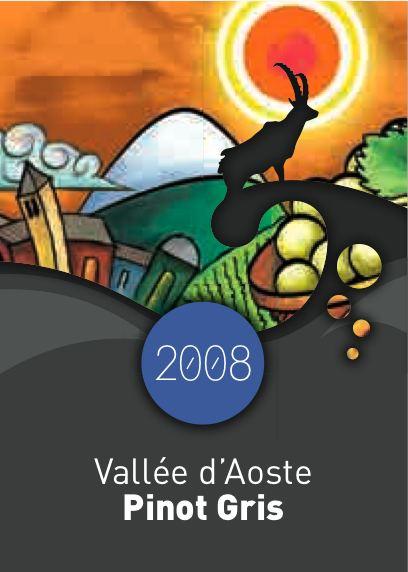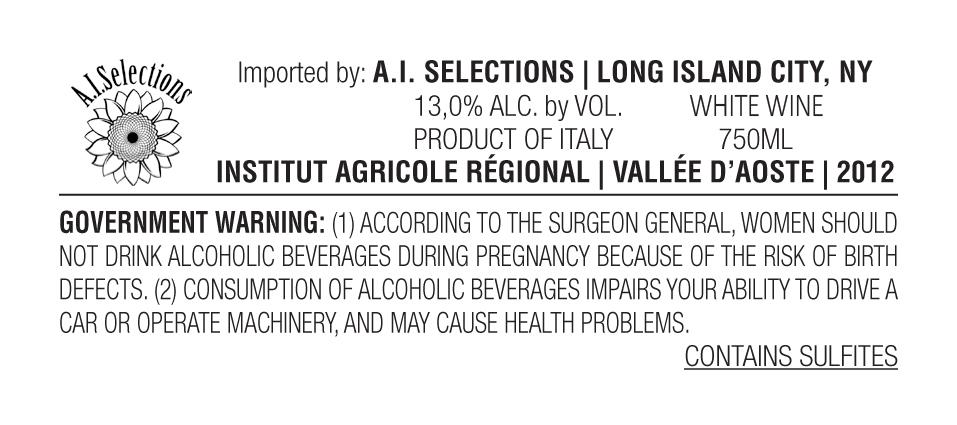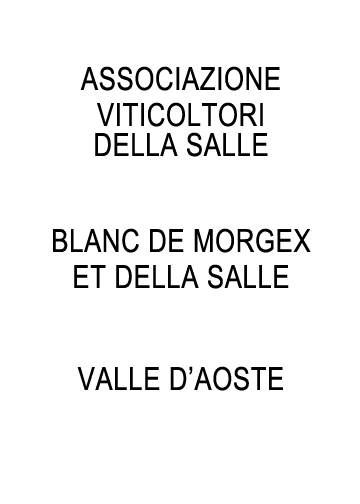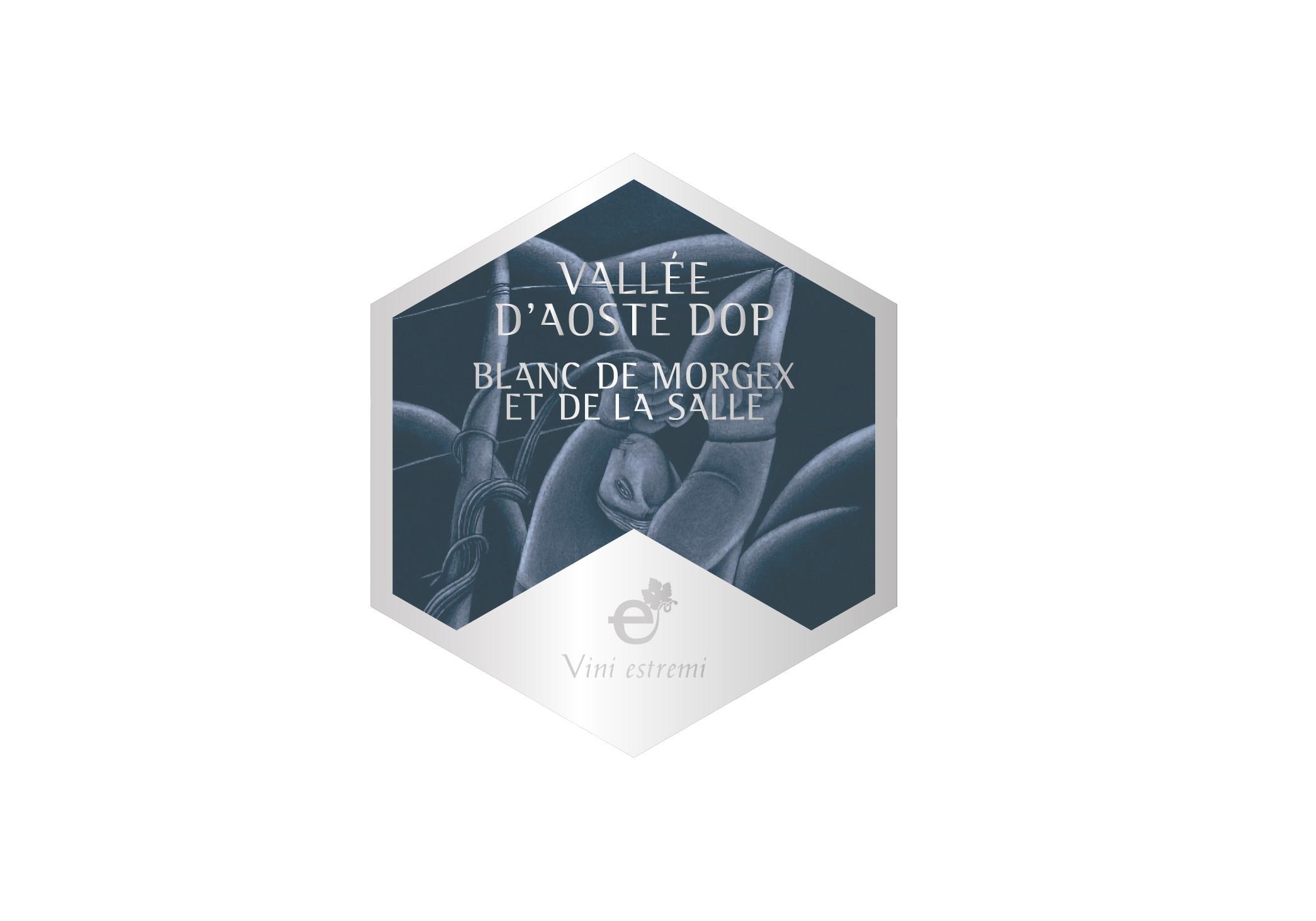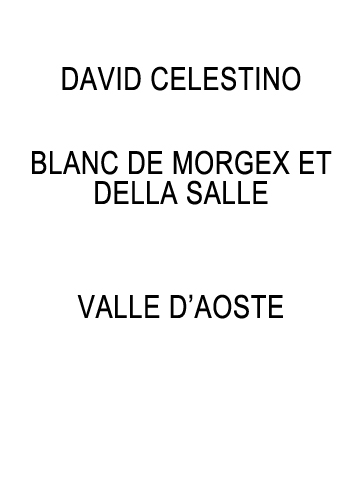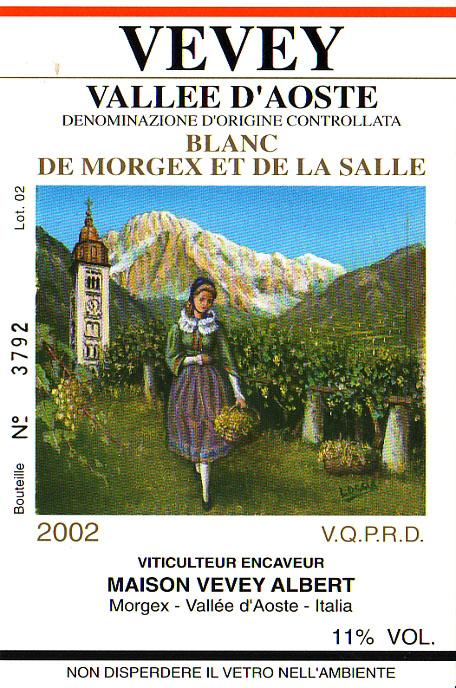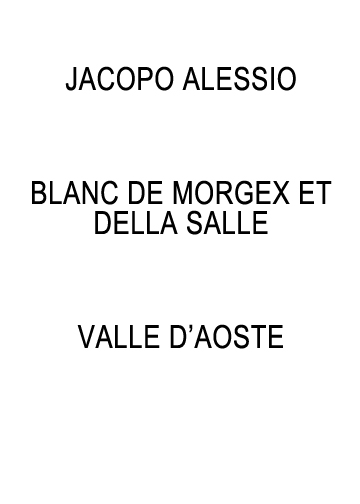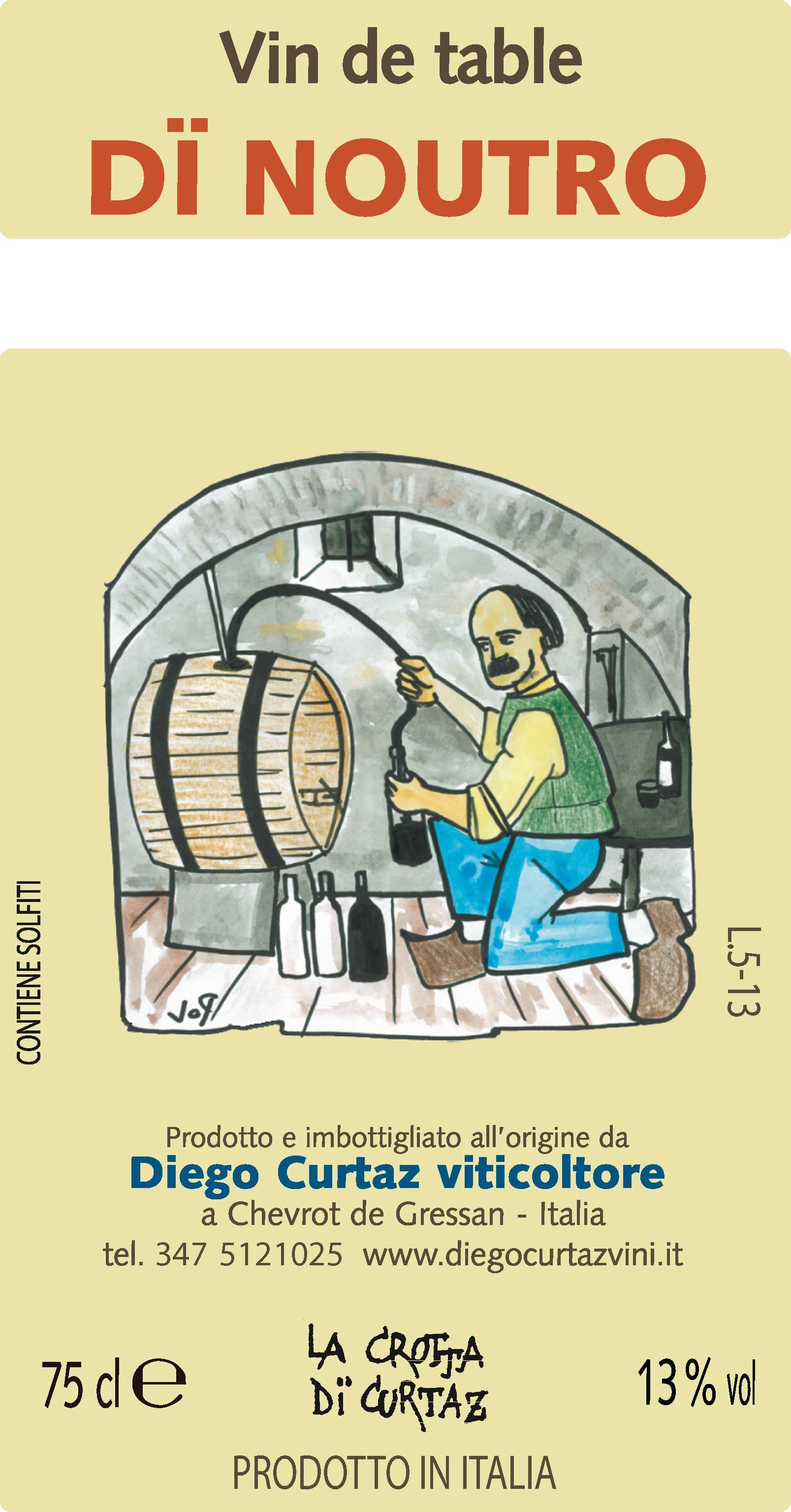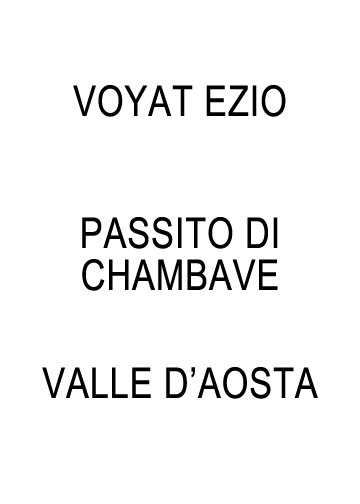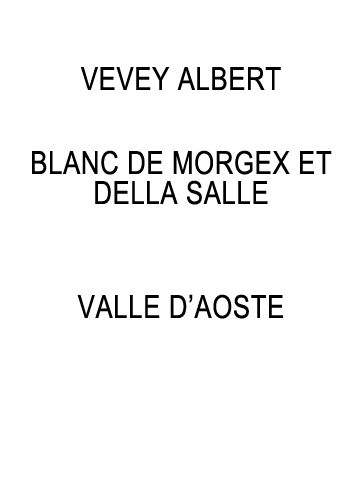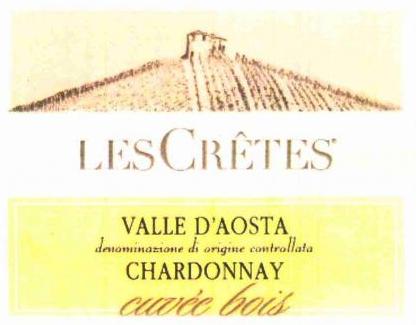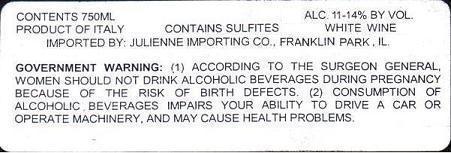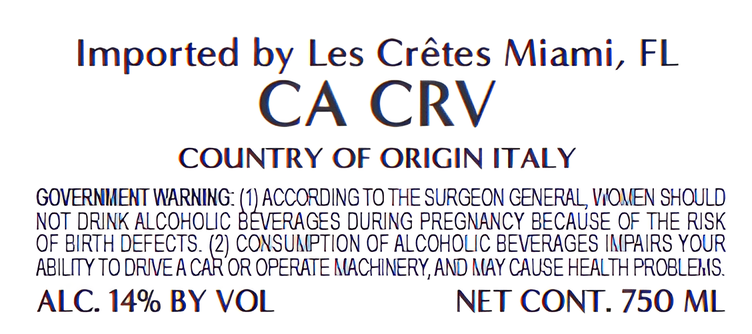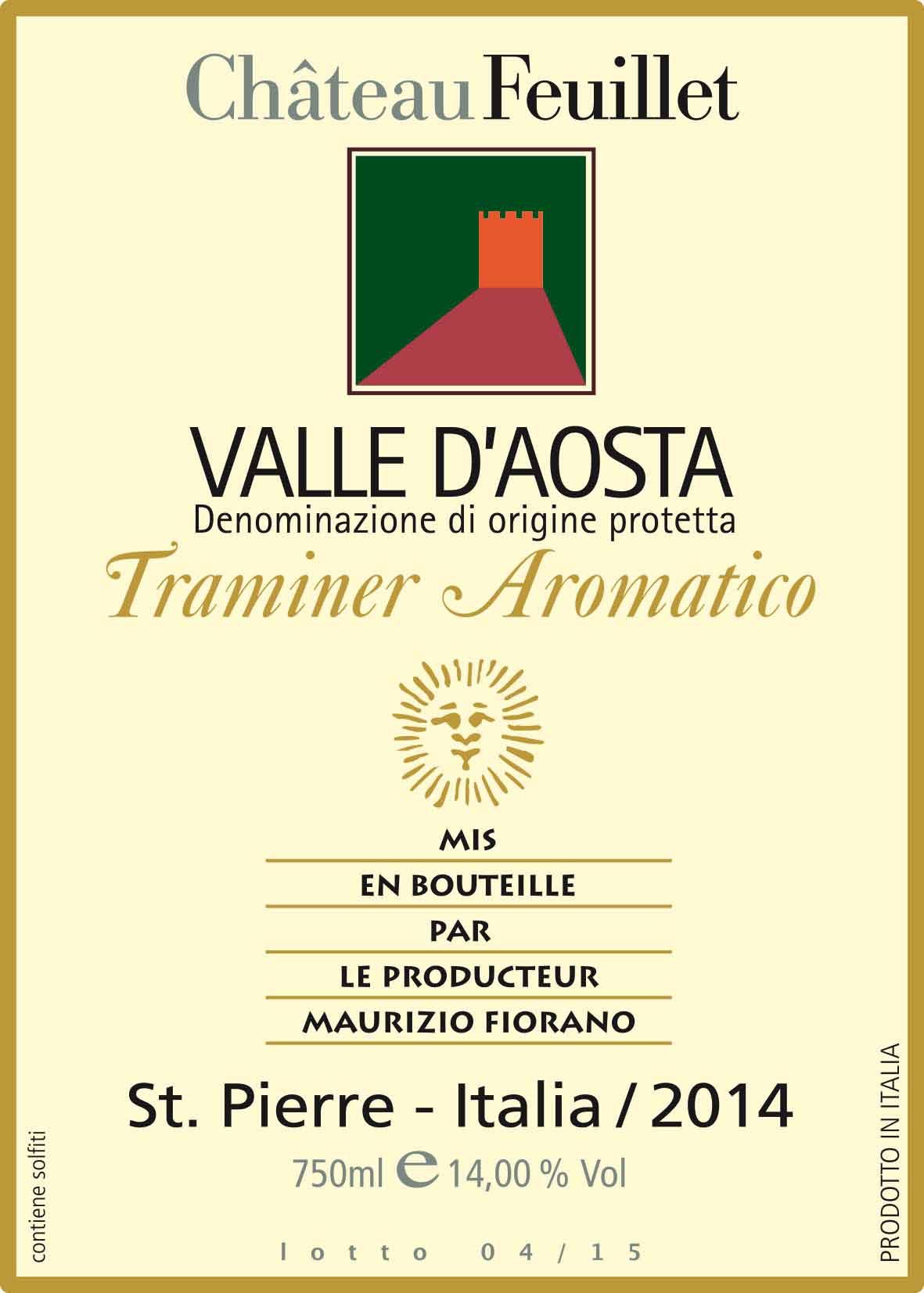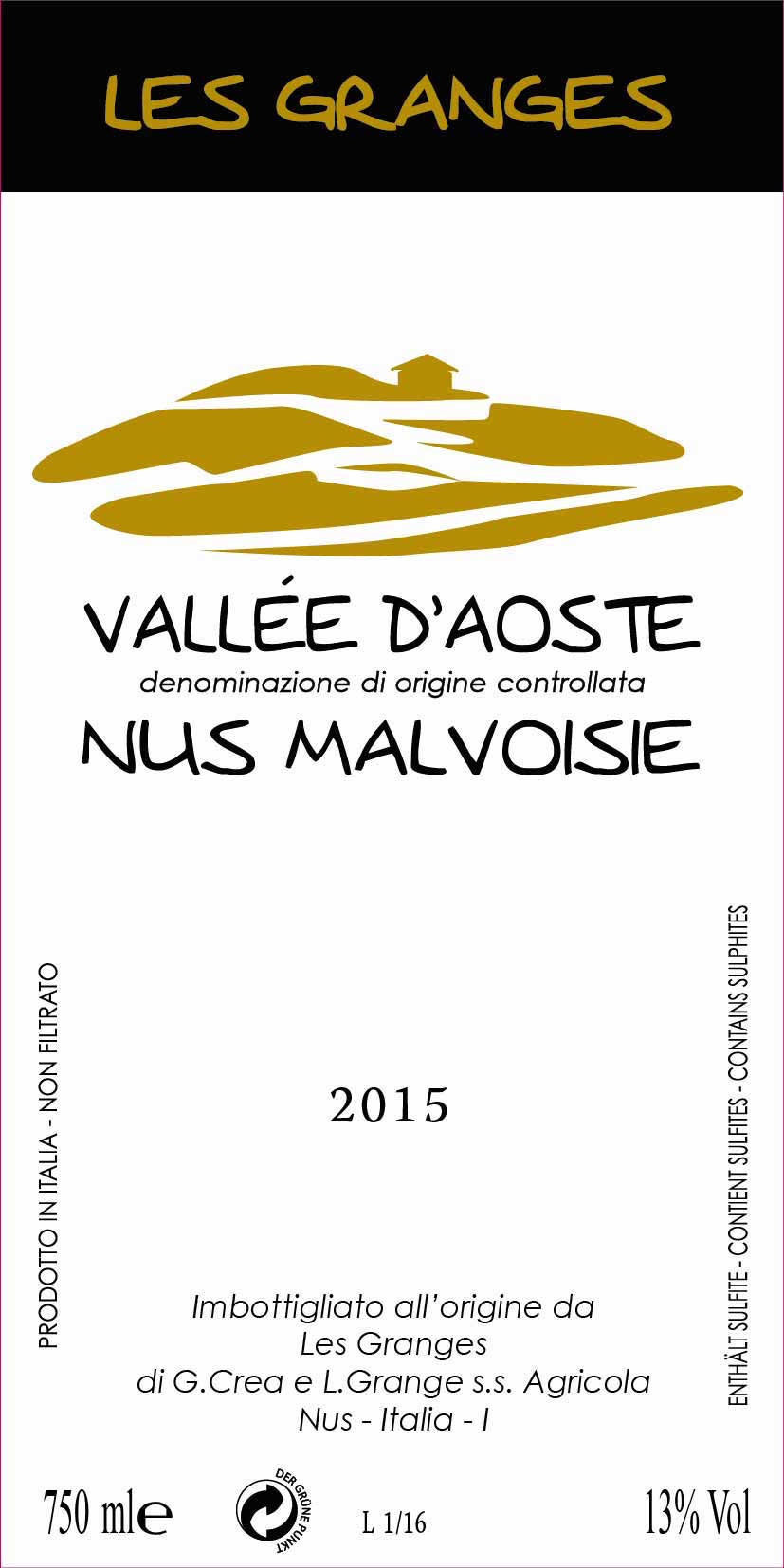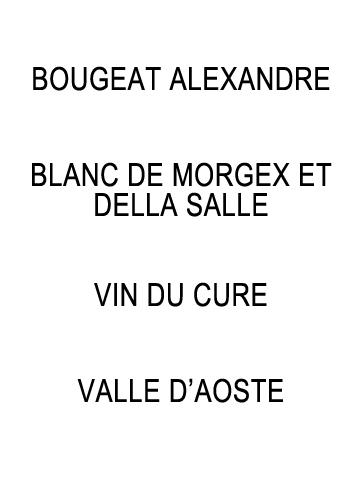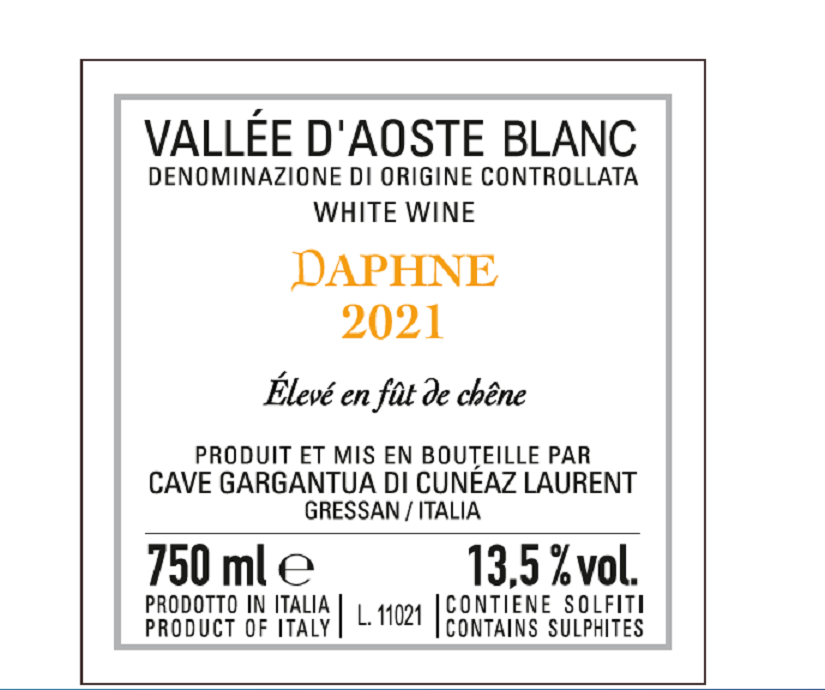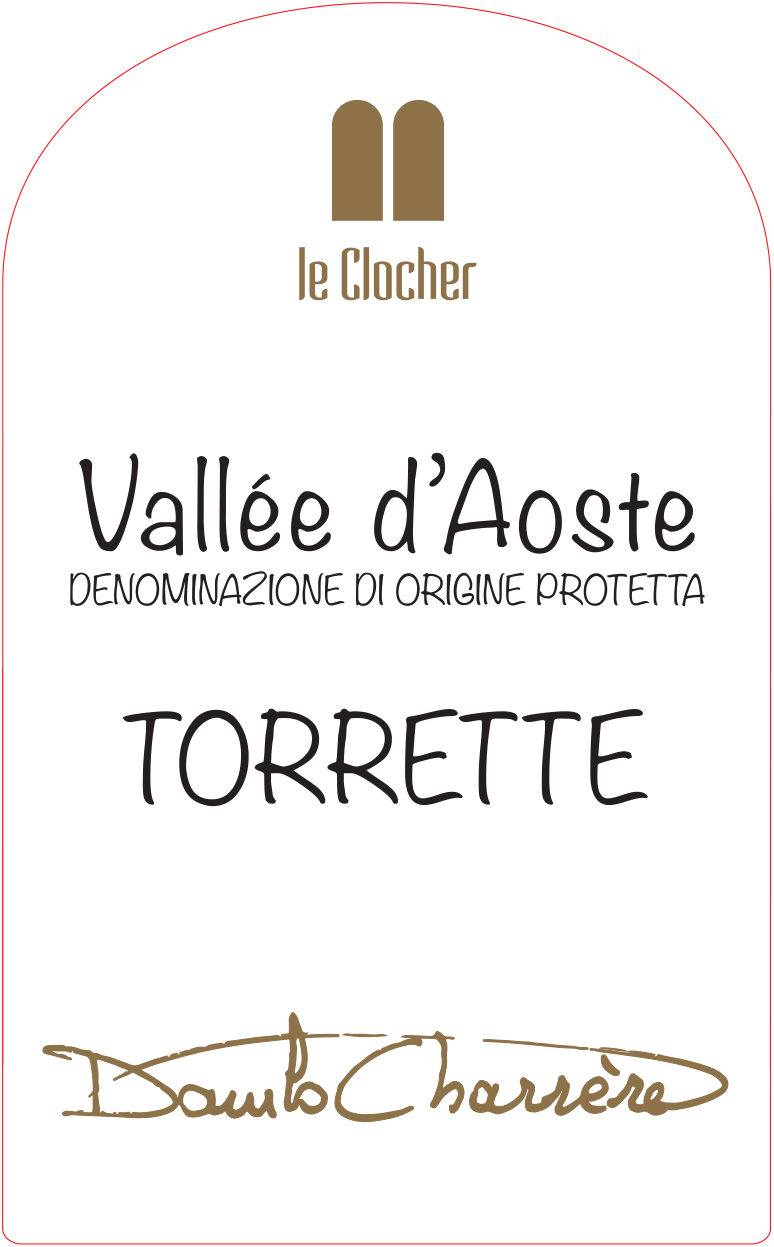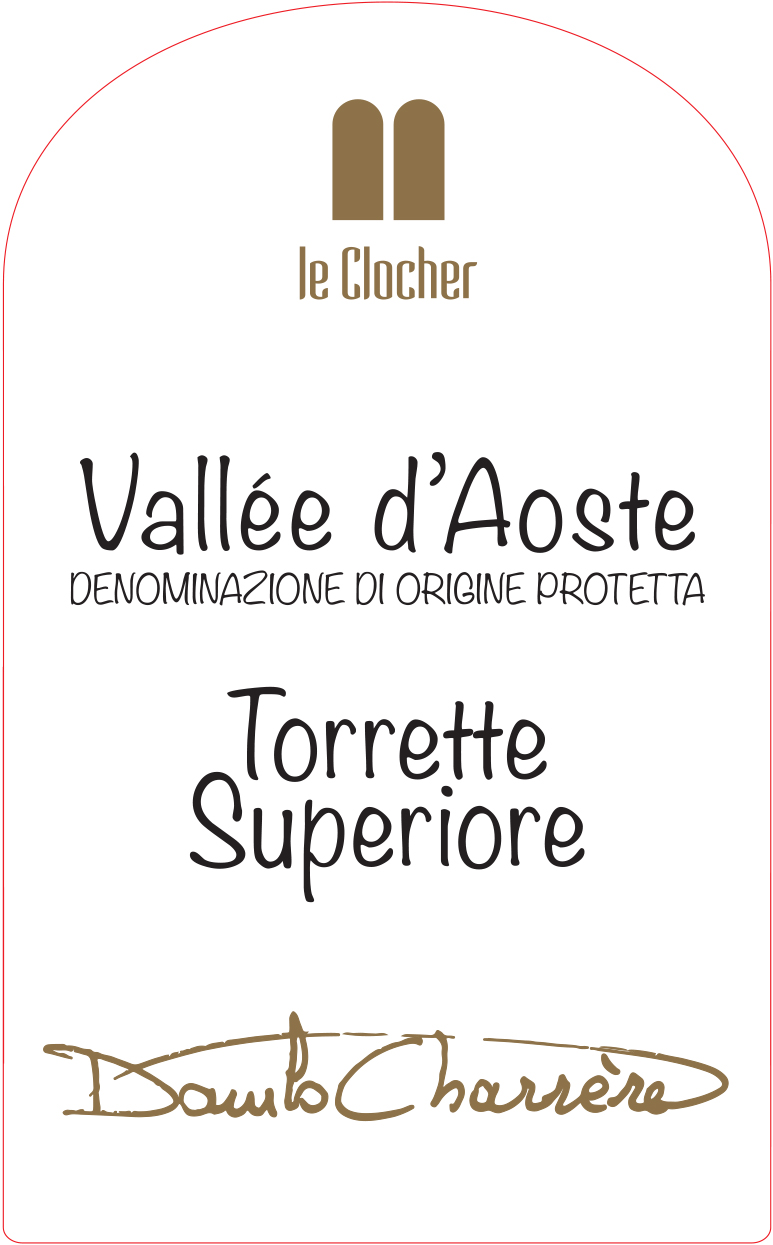Terroir of Aosta Valley
The Aosta Valley's terroir is defined by its dramatic landscape and unique alpine climate. Vineyards perch on steep, sun-drenched slopes along the Dora Baltea River, with elevations ranging from 300 to over 1,200 meters. This elevation creates a significant diurnal temperature shift, crucial for maintaining grape acidity and aroma complexity.
The valley's continental climate, with hot, dry summers and cold winters, is molded by the Alps, which block much of the rain, resulting in one of Italy's driest areas. This dryness curbs disease, leading to healthier grapes. Glacial and alluvial soils, thin and rocky, stress vines, fostering concentrated fruit. Each subzone's distinctive soils and altitudes contribute to the region's diverse wine styles, from the floral Prié Blanc of Morgex to the elegant Nebbiolo of Donnas, all embodying a harmonious blend of nature and tradition.
Notable Wineries in Aosta Valley
In the Aosta Valley, a region known for its heroic viticulture and alpine wines, several notable wineries stand out for their commitment to quality and tradition:
-
Les Crêtes: The largest private winery, blending tradition and innovation with standout single-varietal wines like Chardonnay Cuvée Bois.
-
Grosjean Vins: A pioneer in organic viticulture, known for terroir-driven wines from native grapes like Torrette and Fumin.
-
Cave Mont Blanc de Morgex et La Salle: A cooperative dedicated to preserving the Prié Blanc grape and producing high-altitude sparkling wines.
These wineries, alongside others in the valley, illustrate the region's dynamic interplay between cooperative stability and private innovation, enhancing the prestige of Aosta Valley wines on the international stage.
Sustainable Winemaking in Aosta Valley
The Aosta Valley, with its high-altitude vineyards and dry, alpine climate, offers a natural setting for sustainable winemaking. The region's unique conditions, such as the alpine rain shadow and persistent valley winds, reduce the risk of fungal diseases, allowing winemakers to minimize chemical use. This "alpine advantage" supports organic and biodynamic practices with minimal intervention, preserving the land's natural balance.
Local winemakers are deeply committed to sustainability, employing techniques like mechanical weeding and using natural products within strict limits. They embrace precision viticulture to harmonize with the land, while institutions like the Institut Agricole Régional support sustainable innovations. Despite facing climate change challenges, the Aosta Valley's winemakers continue to adapt, using modern technologies to safeguard their ancient traditions.
Wine Tourism in Aosta Valley
Wine tourism in the Aosta Valley offers a unique blend of culture and adventure. The 'Route des Vins' connects key wine-producing towns along the picturesque Dora Baltea River, from Nebbiolo-rich Donnas to the high-altitude vineyards of Morgex.
Visitors can explore the region’s rich history, including medieval castles and Roman ruins, while enjoying direct interactions with local winemakers. Tastings range from large cooperatives to intimate, family-run estates, often paired with local cheeses and meats, highlighting the area's terroir.
Aosta Valley's wine tourism not only enriches visitors but also supports the preservation of its unique landscapes and cultural heritage. Economic incentives from tourism help maintain the terraced vineyards and ancient winemaking traditions, ensuring the region’s distinctive alpine character thrives for future generations to appreciate and enjoy.



